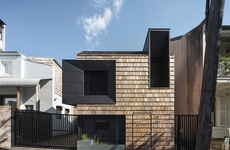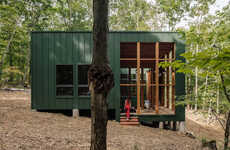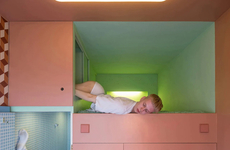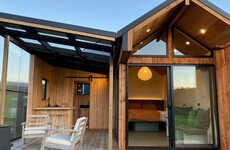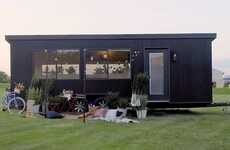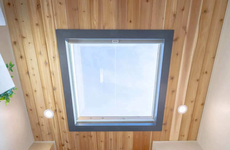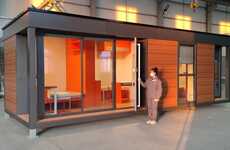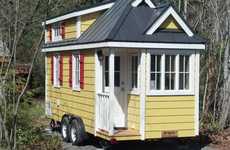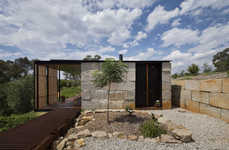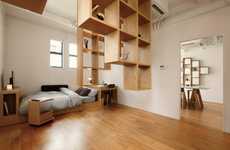
This Small House Features a Carbon Footprint of 100 Square-Meters
Gurveer Brah — September 15, 2015 — Art & Design
References: sgaltd.co.nz & homeworlddesign
This small house feature is less damaging to the environment than residences that surround it.
The team at Strachan Group Architects developed the 'Bach Studio 19' as a project that was a self-built collaboration with a group of architecture students. Located in Onemana, New Zealand, the home is very eco-conscious -- emphasizing that it only has a 100 square-meter total footprint. This small carbon footprint demonstrates the value these architects hold for being environmentally aware and respectful of their surroundings.
With a small budget, this team of architects used innovative solutions to create a summer home for a family of four. The small house is eco-friendly and maintains spatial efficiency with its carefully chosen furniture and storage solutions.
The team at Strachan Group Architects developed the 'Bach Studio 19' as a project that was a self-built collaboration with a group of architecture students. Located in Onemana, New Zealand, the home is very eco-conscious -- emphasizing that it only has a 100 square-meter total footprint. This small carbon footprint demonstrates the value these architects hold for being environmentally aware and respectful of their surroundings.
With a small budget, this team of architects used innovative solutions to create a summer home for a family of four. The small house is eco-friendly and maintains spatial efficiency with its carefully chosen furniture and storage solutions.
Trend Themes
1. Eco-conscious Dwelling - There is an emerging trend in the architectural industry to create eco-friendly homes with small carbon footprints.
2. Spatial Efficiency Design - Minimalism and compact living are becoming popular design concepts in creating more efficient use of living spaces.
3. Collaborative Self-builds - Collaborations with students or novice builders are a cost-effective and innovative solution for self-building projects.
Industry Implications
1. Architecture - The architectural industry has an opportunity to innovate designs that prioritize eco-friendliness and spatial efficiency.
2. Furniture Design - Furniture designers have the opportunity to create innovative solutions that maximize space and maintain environmental consciousness.
3. DIY/ Self-building Industry - The self-building industry can take advantage of collaborations with students or novice builders to create more cost-effective and innovative solutions.
6.8
Score
Popularity
Activity
Freshness

